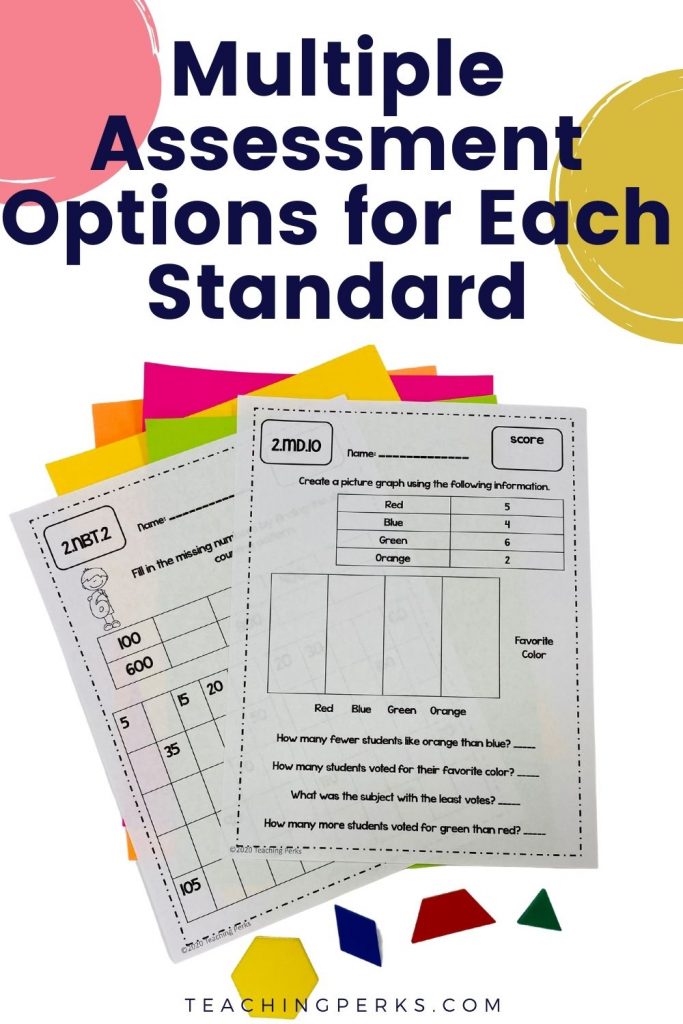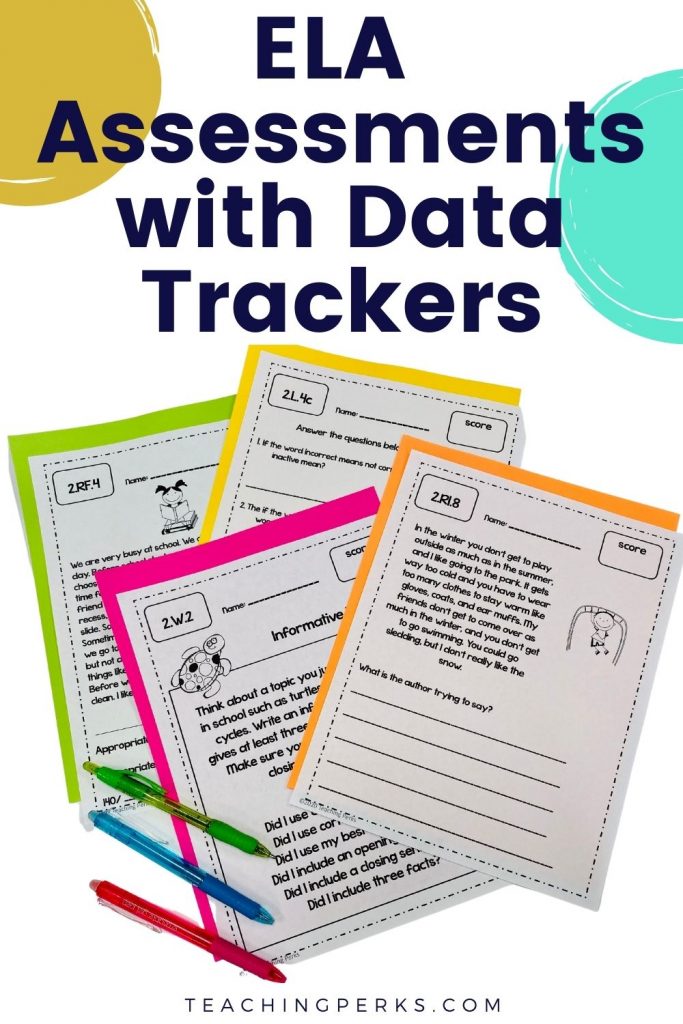Now that we have spent time detailing the implementation of guided math tracking into your daily routine in the classroom, we can move on to tracking data with guided math this school year. If you haven’t read 3 Simple Tricks for Running Guided Math Groups Successfully, you should definitely take time to start guided math tracking to do that now, no matter what grade level you’re teaching.
The data that you have collected by using guided math tracking can be used to show mastery, help you plan for future lessons, and can be used to help students with assessments and math skills. If you haven’t been convinced yet that guided math is for you then check out this blog post and this blog post as soon as you can. If it is your first time trying guided math and you aren’t sure where to begin then check this out!


Mastery
Before you begin tracking data with guided math tracking, you need to decide how you want your students to show mastery of the concepts taught and practiced during guided math education. Do you want your students to demonstrate mastery mentally or orally? Should they use manipulatives or not? Are they allowed to work with other students together or alone? Would you allow them the use of scratch paper or a calculator?
If you need help gathering math data on your student success I’ve got you! I have created math assessments for 1st-3rd grades that cover every common core standard of mathematics instruction. You can get these assessments with or without student “I can” posters for positive effects. All assessments come with multiple assessment options, data tracking sheets, and organization tabs for your binder. What more could you need to foster student achievement?

How will you use the data?
The most common answer to this question is to use the data to see what your next steps will be in teaching students. Will you spend more time on a specific skill, or will you move on to the next skill? Maybe the guided math groups you’ve already created need to change. Some students are ready for the following skill, and some are not. The groups need to be fluid week to week based on the data you track in your guided math groups. Differentiation is the key to running successful guided math groups.
By the way if you want a free differentiated guided math game to try out in your small groups or math centers you can snatch that up here!
Perhaps tracking data with guided math groups will lead you to a new lesson plan. Basing your lesson plans on what your students understand about math and what they need to learn next is best for them. With curriculums and districts moving at a certain pace, this isn’t always possible. Always make sure you cater your lessons to your students’ strengths and needs.
How will you collect the data?
Tracking data with guided math can be complex with the different stations your students travel to throughout guided math time. With worksheets, activities, or exit sheets that can be turned in, your students need to write their name and make sure it gets in the correct box to collect and record data for tracking data with guided math.
If there is not an option for turning in a physical product to record data, you can have your students take a picture of their work for you with an available tablet in the class. Sometimes there is no tablet available or that is not practical. In this case you can use the honor system to have students add their names to a list of completed tasks.
How will you record the data?
Once you know how you will use the data you gather from your guided math groups, you will learn how to record the data in the best way for tracking success rates for future use. There are a lot of different ways you can record data. I have spent a lot of time and energy thinking about the many different ways teachers like to use assessments and see data. Please look here for some ideas and tracking options. You may have a tried and true method for recording data already. If so, be sure to use the technique that makes the most sense to you in your grade level. Consider how you will use the data.

Conclusion
Tracking data with guided math groups helps see which skills your students have mastered. It also helps you see which they need to continue to work on. Once you determine how they will show you mastery you can develop your lessons based on their needs, and help your students to pass their assessments with flying colors.
Need help developing guided math lesson plans? I have a yearly bundle of guided math plans for 1st grade that includes differentiation options, challenge extensions, games, math work mats, and so much more!
If you like these math assessments and data trackers I also have them in an ELA version as well!

For more ideas about guided math and helpful tips on guided math group content, head over to my website!
You May Also Like
Differentiating Math: 3 Easy Tips To Get You Started
Why Use Guided Math Over Whole Group Math in 1st Grade?
Why Is Guided Math Important In 1st Grade?
Guided Math Groups: 3 Simple Tricks for Running Them Successfully
15 Simple and Powerful Small Group Strategies For Addition and Subtraction
[…] best part of guided math for me and my class is the differentiated instruction. I found that tracking and organizing my math data is crucial for differentiating in the best way for… I love using an organized binder with tabs and tracking sheets. I have them for individual students […]